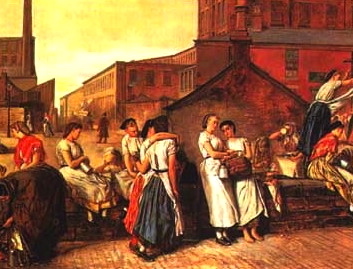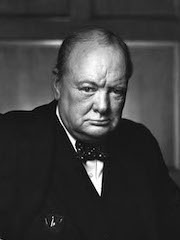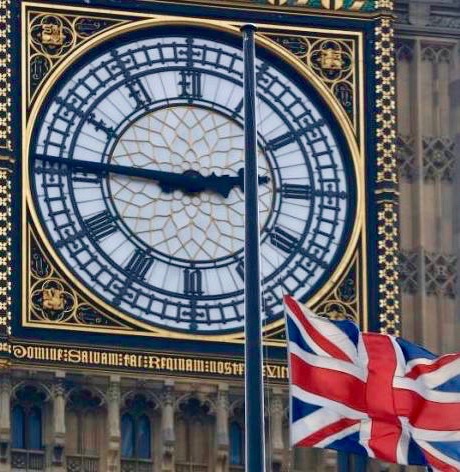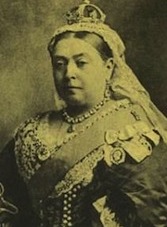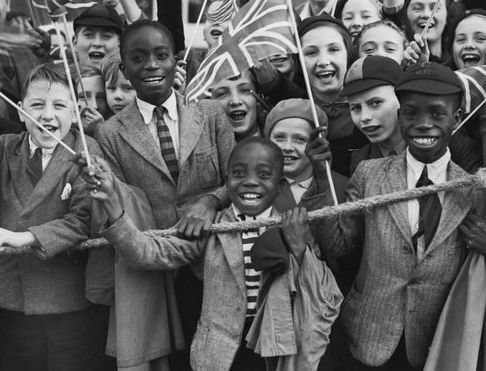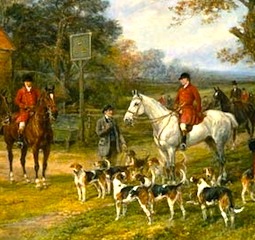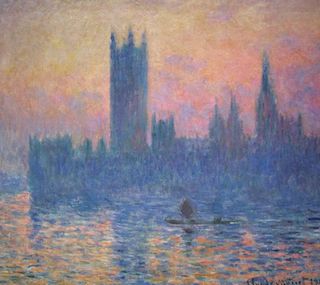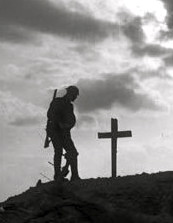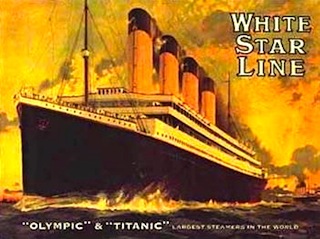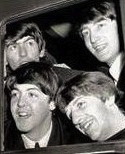|
And
did those feet in ancient time
Walk upon England's mountains green?
And was the Holy Lamb of God
On England's pleasant pastures seen?
And did the countenance divine
Shine forth upon our clouded hills?
And was Jerusalem builded here
Among these dark satanic mills. |
Bring
me my bow of burning gold!
Bring me my arrows of desire!
Bring me my spear! O Clouds unfold!
Bring me my chariot of fire!
I will not cease from mental fight
Nor shall my sword sleep in my hand
Till we have built Jerusalem
In England's green and pleasant land! |
|
—William Blake (1757-1827) |
GREAT
BRITAIN, at the
height of her power, controlled a quarter of the world’s population,
a fifth of its dry surface, and enjoyed unchallenged mastery over its
oceans. This course surveys the remarkable history of the British
Isles from the end of the Napoleonic Wars to the present day. The
shaping and reshaping of this unique nation state during the last
two centuries will be examined with regard to the history of the
European continent and the British Empire as well as within the
wider story of the making of the modern world. As we proceed
we will attempt to understand how politics, diplomacy, warfare,
commerce, science, industry, technology, art, literature, music,
and migration all interacted to help shape Modern British
society into the twenty-first century.
This course is designed to engage us at two levels. It is primarily
an empirical history of Modern Britain from the early nineteenth
century to the present. Yet in the process, it forces us to examine
what it means to be "British," a "nation," and a "people." How did
the English, Scots, Welsh and Anglo-Irish come to view themselves
as "British"? Are these regional identities a sign of British national
unity through diversity, or are they themselves nations waiting to become
independent? Will Great Britain as a sovereign state endure? As arriving
immigrants—many from her former empire—and their children
turn Britain into a multi-racial, multi-cultural society, how does that
redefine notions of British identity? Is this a
new phenomenon, or merely the latest manifestation of outside influences
that have always been part of the British experience? Is Britain really
a nation that has long since declined—as is often lamented—or is it a vibrant and
young society transforming itself in remarkable ways? We will keep
these and other questions in mind as we examine the historical
development of Modern Britain.
Readings for this course will combine historical scholarship with
literature, documents, and music from different
periods. Students are encouraged to view all of these sources as
historical texts and to consider broader questions about the nature
of culture, gender, religion, technology, monarchy, and national
identity. Through the critical study of history, we encounter ourselves,
and the world in which we live, in new and interesting ways.
This is an introductory course for which there are no prerequisites.
Students from all disciplines are welcome. HIST 224 satisfies the following three categories for General Education
courses: Historical Perspectives, Global Perspectives, and Culture, Power, Identity.
|


